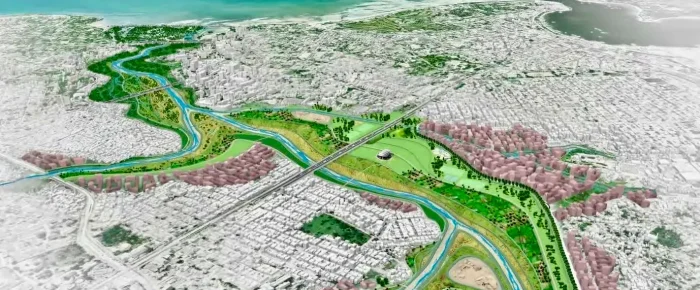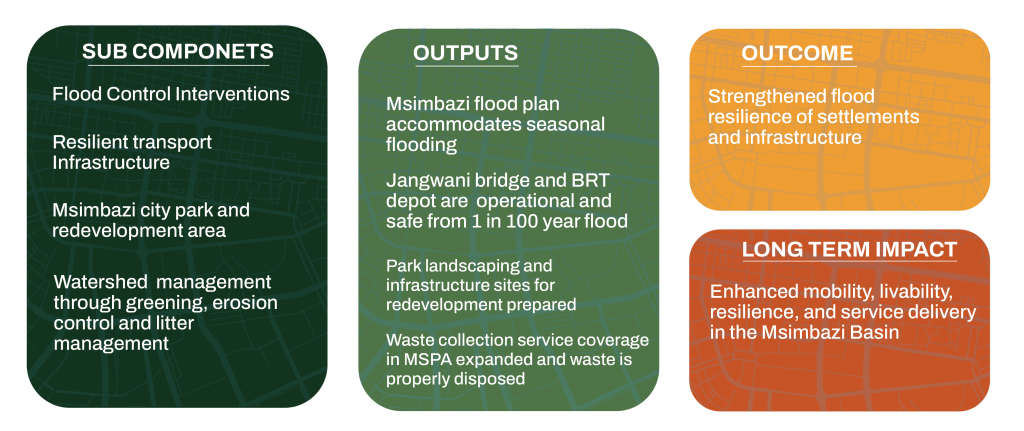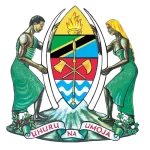Development Infrastructure
Development Infrastructure
A long-term solution will substantially reduce the impacts of floods in the lower Msimbazi River Basin, improving the hydraulic capacity of the river, providing an area for flood water detention, building the resiliency of key transport infrastructure, regenerating valuable land assets to control encroachment in flood-prone areas while allowing for public recreation and urban development and reducing degradation of the Msimbazi watershed.

Flood Control Interventions will:
- Improve the degraded river channel, recontouring the river and flood plain to improve flow capacity and allow for floodwater retention
- Widen and raise the Jangwani Bridge to accommodate flash flood events
- Relocate bus depot facilities and upgrade existing roads and bridges in Msimbazi River Basin
- Establish the Msimbazi city park and redevelopment area to reduce the risk of encroachment and allow for recreational and low-carbon and resilient real estate development
- Reforest the upstream and green riverbanks to restore natural assets of the river
- Reduce waste in the river to increase its capacity
This subcomponent will upgrade key transport infrastructure in the project area to protect existing public transit assets and minimize disruptions during the rainy season, incorporating climate and disaster-resilient designs. Key investments include:
(a) Widening and raising the Jangwani Bridge to accommodate flash flood events, including upgrading it to a multi-span bridge, raising embankments and improving stormwater conveyance including construction supervision;
(b) Demolishing existing BRT bus depot facilities and construction of a new bus depot; and
(c) Upgrading existing bridges and roads in Msimbazi River Basin to improve hydraulic conveyance and connectivity in the river basin.


